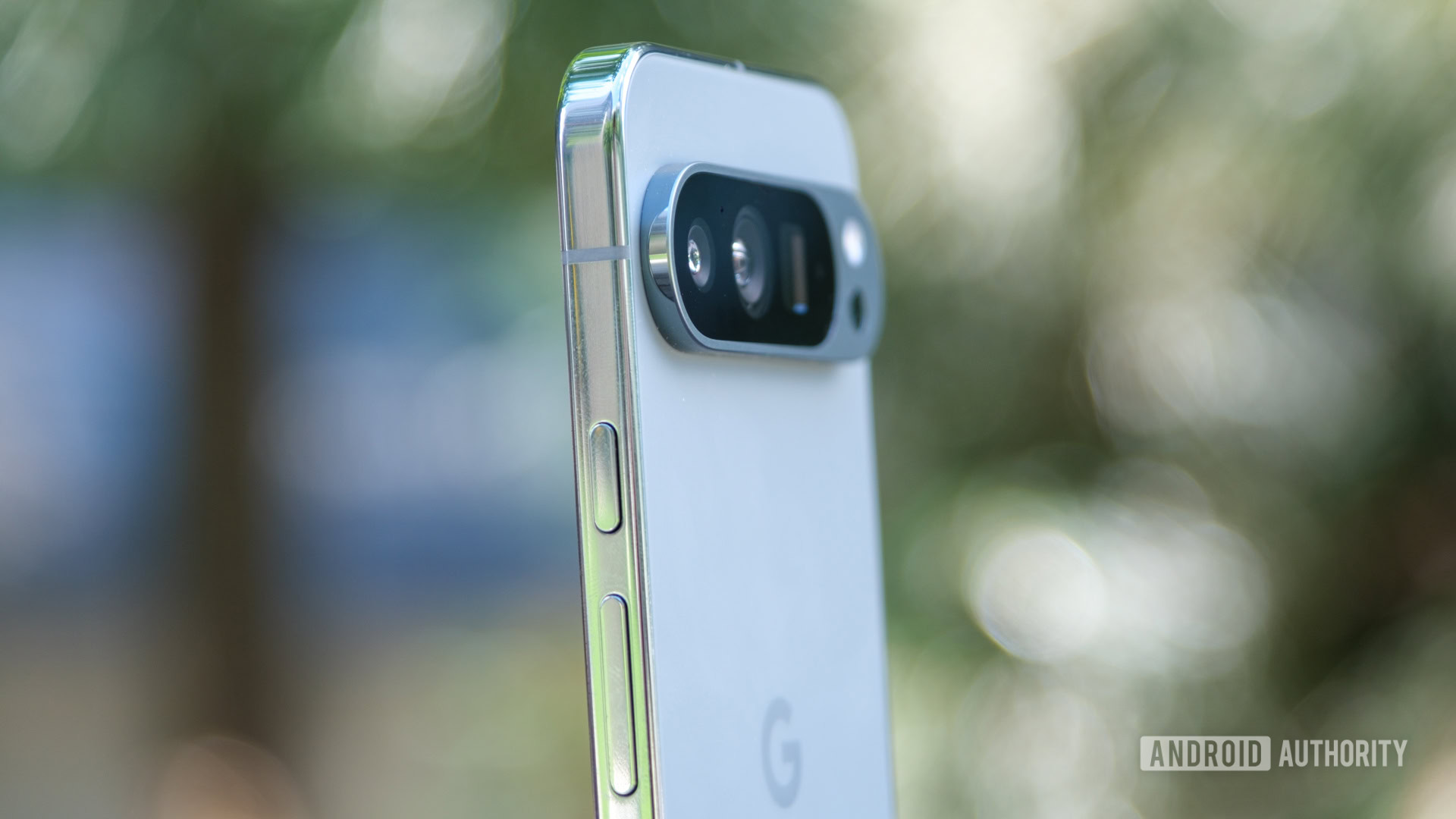Affiliate links on Android Authority may earn us a commission. Learn more.
You won't believe how many ways Google has improved the new-phone migration process

- Data transfer to a new Pixel 9 doesn’t have to happen all at once, and you can now transfer more data after initial setup.
- With Transport Multiplexing, you can use both USB and Wi-Fi at once to maximum transfer speeds.
- More apps than ever should seamlessly work on your new phone, without forcing you to log back in.
Today’s a big day for Android fans, with the Pixel 9 finally hitting retail availability — and all those early pre-orders starting to arrive in the mail. As so many of you start working with your shiny new smartphone, you may be noticing some tweaks to the onboarding process, like the versatile new data transfer tool that lets you save time by not forcing you to move all your files at once. That’s just the tip of the iceberg, though.
Over on X, Google’s Paul Dunlop is highlighting all the ways his team has been working to overhaul basically everything related to moving your media, data, and preferences from your old phone over to a new Pixel 9 (via Mishaal Rahman).
First up, there’s that big change we already mentioned to the way restoring a backup used to be a one-shot deal — with the Pixel 9, you can restore only a little data during initial setup, and then later transfer more data to your new phone whenever it’s convenient. Dunlop further points out that you’re free to mix and match transfer methods, so if you’re having trouble getting the transfer to complete over Wi-Fi, you can just try it again later with a USB cable.
Speaking of those two, you’re no longer limited to using just one or the other, and with Transport Multiplexing, you can combine the bandwidth of the cable and wireless connection to move all that data just as quickly as your phone can manage.
When choosing what stuff you want to keep from your old phone, there’s a new Express setup option that avoids wasting time copying over any files you already have saved to Google’s cloud — like maybe your photos. It’s even smart enough to consider image quality, and can transfer over the originals if you’ve only stored lower quality copies in the cloud. And to make sure that all your future data is properly backed up remotely, you’ll see new prompts during device setup helping you ensure you’re configured to be doing backups from day one.
Dunlop goes on to share some of the specific ways that Google’s improving the quality of its new-device data transfer process, like ensuring that Messages will work on your new phone just like it did on your old, complete with your whole history. Most other apps should similarly work right out of the box, maintaining your login info so you’re not spending the first few hours with your new phone entering a million passwords.
Google’s taken that same approach to system settings, app permissions, and notification options, which together should help minimize the amount of time you spend making your Pixel 9 feel the way you want it. Even eSIMs can be transferred to your new phone with select carriers.
Of course, you’re always free to start fresh with a new phone, but when Google makes data transfer this feature-rich and robust, a little continuity is sounding very tempting.